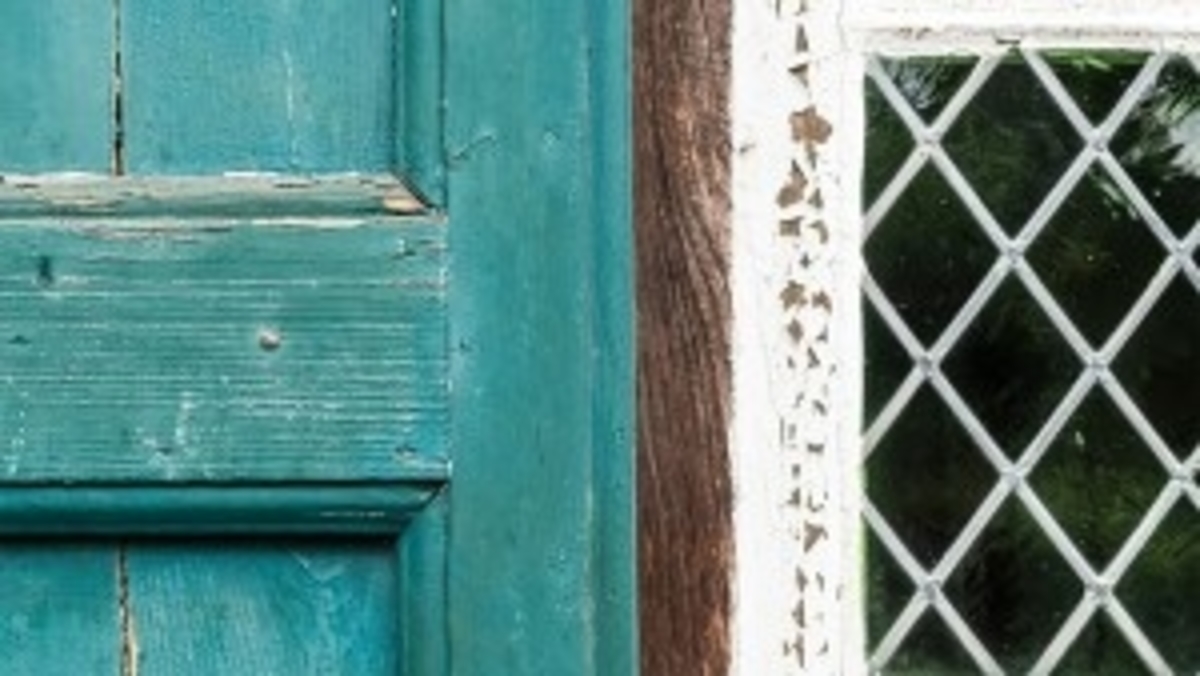No Alterations to Lead-Based Paint Rule with Final EPA Dust-Lead Standards

On July 9, EPA issued a final rule to revise the current dust-lead hazard standards for floors and window sills. This revision does not make any changes to the EPA lead-based paint renovation, repair and painting (RRP) rule. The dust-lead hazard standards are used when lead-based paint risk assessments or abatement are performed.
EPA revised the dust-lead hazard standard from 40 micrograms/square foot (µg/ft2) down to 10 µg/ft2 on floors and from 250 µg/ft2 down to 100 µg/ft2 on window sills. EPA research of Department of Housing and Urban Development (HUD) grantees showed that existing cleaning practices met these standards for the clear majority of samples tested. Dust sampling is conducted by wiping a representative surface of known area with a wet wipe and sending the wipe to a laboratory for analysis.
EPA states that this final rule “will not trigger new requirements under the existing RRP rule.” This is because the existing RRP rule requires RRP work practices where lead-based paint is present (or assumed to be present) and is not based on dust-lead loadings that exceed a certain standard.
Also, the existing RRP rule does not require dust-lead clearance sampling prior to or at the end of a renovation. Rather EPA’s RRP rule requires remodelers to obtain EPA-approved training on “lead safe work practices,” and perform and document the performance of these practices in pre-1978 housing units that may contain lead-based paint.
The new dust-lead hazard standards can impact remodelers who work in HUD-assisted and federally owned target housing (generally housing built before 1978). Remodelers who conduct EPA risk assessments for lead-based paint hazards or conduct abatement of lead-based paint hazards may be impacted by these new standards.
The new dust-lead hazard standards become effective Jan. 6, 2020.
For additional information, contact John Kosco.
